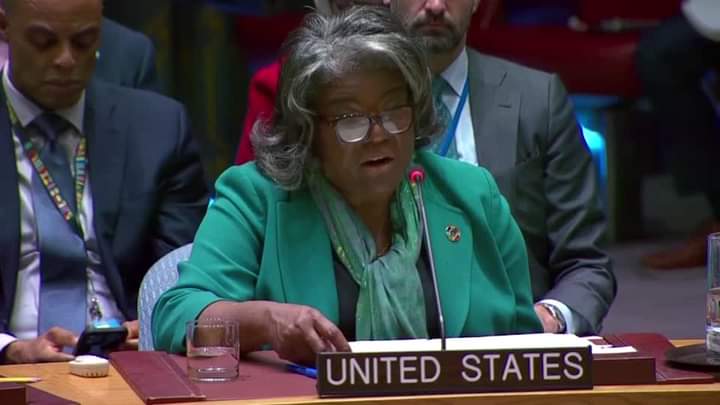New railway line between Errupalem and Namburu via Amaravati to boost connectivity and economic growth in Andhra Pradesh and Telangana- Shri Ashwani Vaishnaw
Indian Railways Deploys Over 7,000 Special Trains for Diwali and Chhath Festivals, to Serve More Than 1 Crore Passengers
Railway Projects to Reduce 168 Crore Kg of CO2 Emissions and Generate 106 Lakh Employment Days
Delhi: Union Minister of Railways, Information & Broadcasting, and Electronics & Information Technology, Shri Ashwini Vaishnaw, today addressed the media at Rail Bhawan in New Delhi. He provided detailed insights into two major railway infrastructure projects approved by the Cabinet Committee on Economic Affairs (CCEA) which will significantly boost connectivity in Bihar and Andhra Pradesh.
While discussing the details of the project and its benefits to the Mithilanchal region and connectivity to the North East and Nepal, the Minister highlighted that the first project, involving the doubling of the Narkatiaganj-Raxaul-Sitamarhi-Darbhanga and Sitamarhi-Muzaffarpur sections, will cover a total distance of 256 kilometers. This strategic project will strengthen connectivity to Nepal, North-East India, and border areas, facilitating the movement of both passenger and goods trains, thereby driving the socio-economic growth of the region.
He also said that the project will benefit 46 stations and involve the construction of 310 bridges, including 3 major bridges, 99 medium bridges, and 208 small bridges. A new Bagmati bridge is also part of the plan, which will significantly improve port connectivity to North Bihar and the Mithilanchal region. This will enable smoother transportation towards the North East and contribute to the development of a religious corridor. He also underlined the initiative will increase capacity by 2.25 times, aided by the installation of Kavach technology, which enhances operational efficiency and safety. The project is expected to be completed within five years, marking a major step towards improving connectivity and fostering regional development.
While addressing the Telugu media at Rail Bhawan, the Minister highlighted the importance of the 57-kilometer new railway line between Errupalem and Namburu via Amaravati, which has an estimated investment of ₹2245 crore. He noted that this project includes the construction of a 3.2-kilometer-long bridge over the Krishna River, which will significantly improve connectivity between major cities such as Hyderabad, Chennai, and Kolkata.
The new rail line will traverse through NTR Vijayawada and Guntur districts of Andhra Pradesh and Khammam district of Telangana. The Minister emphasized that this project will provide direct rail connectivity to Amaravati, the proposed capital of Andhra Pradesh, improving mobility for both industries and the local population. This will enhance operational efficiency and service reliability for Indian Railways, boosting economic growth and regional development.
Answering a question from media, the minister said that the Government’s focus on railway modernization is driven by the adoption of cutting-edge technologies. By utilizing historical and satellite data to enhance design accuracy, the Government is moving beyond traditional toposheet methods. This shift ensures better planning and execution, especially in flood-prone areas, where accurate data is crucial for resilient railway infrastructure. The new railway track will be developed as a semi-high-speed track (up to 160KMH) by removing unnecessary curvature and installing Kavach technology to enhance safety and operational efficiency.
In view of the upcoming Deepawali and Chhath festivals, the Minister commended the efforts of Indian Railways for operating more than 7,000 special trains to accommodate the significant surge in passenger traffic. Indian Railways is set to carry more than 1 crore passengers during the festive period from 1st October to 30th November 2024, deploying more than 7,000 Puja/Diwali/Chhath Special trains, a 60% increase from the 4,429 trains operated last year. These special trains are being run in addition to the election special trains for Maharashtra and Jharkhand.
He further said that for Diwali, 136 extra trains have been scheduled daily, with special arrangements at various stations including additional holding areas, extra ticket counters, catering units, drinking water facilities, and enhanced security. Similarly, for Chhath Puja, 145 extra special trains will operate on the 2nd, 3rd, and 4th of November 2024, ensuring smooth travel during key ritual days like नहाए-खाए, खरना, शाम का अर्घ्य, and सुबह का अर्घ्य on the 5th to 8th of November 2024. Indian Railways will facilitate the movement of an additional 2 lakh passengers daily, ensuring seamless travel for millions of devotees during these festive occasions.
The Minister also outlined the environmental and economic benefits of the railway projects, emphasizing that the Railways, as an environment-friendly and energy-efficient mode of transportation, will play a crucial role in achieving the country’s climate goals while significantly reducing logistics costs. He highlighted that the projects will contribute to the reduction of 168 crore kilograms of CO2 emissions, which is equivalent to the plantation of 7 crore trees. Additionally, these projects will generate direct employment for approximately 106 lakh human-days, further boosting the economy and creating job opportunities. This underscores the Government’s commitment to sustainable development and economic growth through green and efficient infrastructure.
